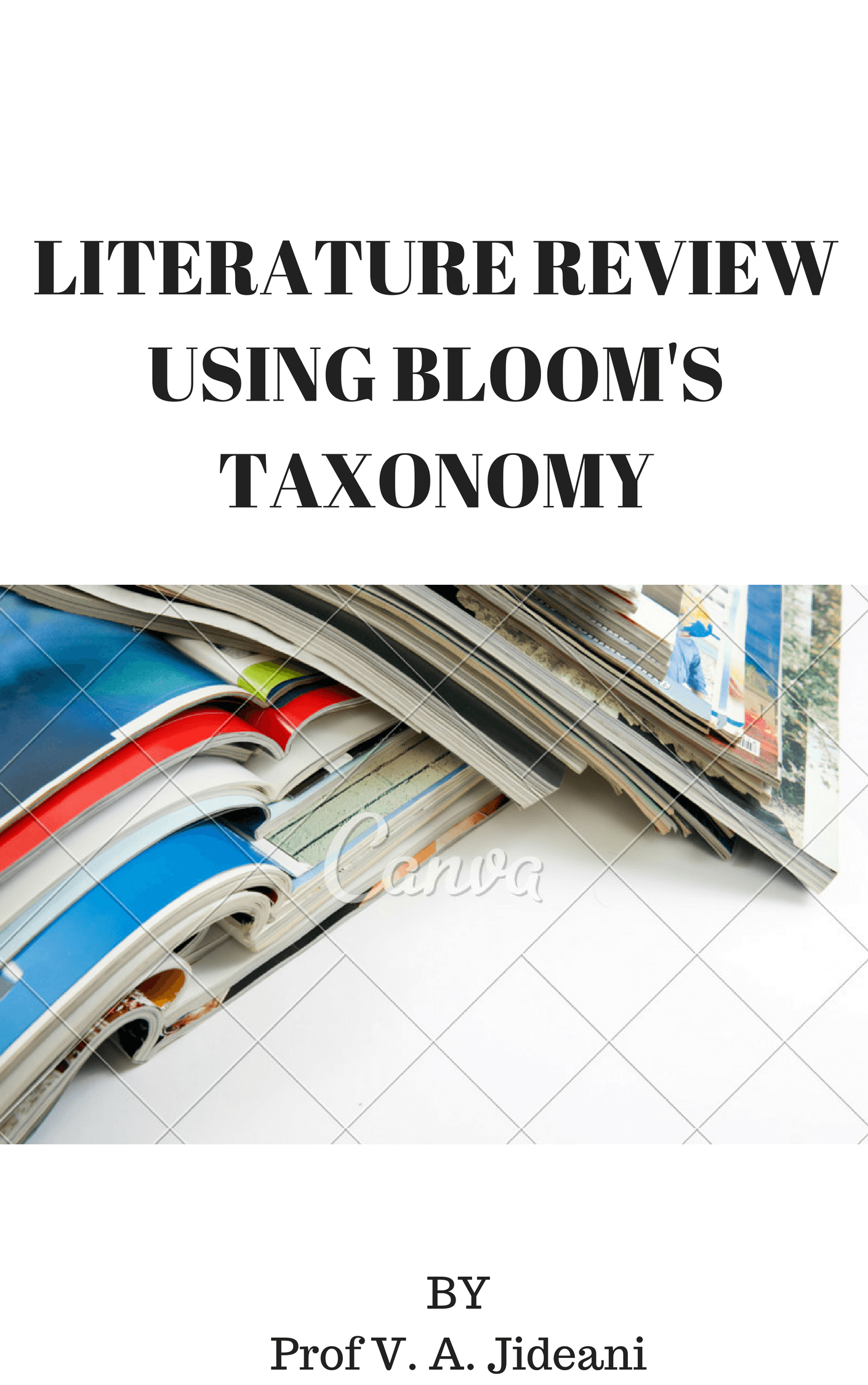Characteristics of an Effective Literature Review
- Methodologically analyse and synthesis quality literature;
- Provide a firm foundation to a research topic;
- Provide a firm foundation to the selection of research methodology; and
- Demonstrate that the proposed research contributes something new to the overall body of knowledge or advances the research field’s knowledge-base.
Why Literature Review?
- Provides a solid theoretical foundation for the proposed study (What is already known?)
- Substantiates the presence of the research problem (What is needed to be known?)
- Justifies the proposed study as one that contributes something new to the body of knowledge.
- Frames valid research methodologies, approach, goals and research questions for the proposed study.
THE OBJECTIVE OF THE LITERATURE REVIEW
The objective of this article is to help you develop a Strategy to critically evaluate and synthesise published literature into cognitively advanced literature review.
Cognitively Advanced Reviews
- Organise, integrate and evaluate previously published material:
- Clearly define and clarify the problem
- Summarise previous work in the area
- Identify relationships, contradictions, gaps and inconsistencies in the literature, and
- Suggest the next step or steps in solving the problem
What is Cognition?
- Mental processes involved in gaining knowledge and comprehension.
- These processes include thinking, knowing, remembering, judging, and problem-solving.
- These are higher-level functions of the brain and encompass language, imagination, perception, and planning.
- According to Bloom’s taxonomy, there are 6 types.
Literature Review Approach
- Input
- Process
- Output
Input- Structured Search
- Ensure that a relatively complete census of relevant literature is accumulated.
- Process of querying quality scholarly literature databases (e.g. Elsevier/Science Direct, etc.)
- Reduce the number of studies to a subset that answers a particular research question.
- Develop a set of criteria by which to judge the identified literature (e.g. peer reviewed, focus on research question, year of publication, language, local/international, robustness of the original data, etc)
Input- Structured Search- How?
- Keywords search
- Should be the initial, not the main step for a literature search.
- Backward search
- Backward references search
- Backward authors search
- Previously used keywords
- Forward search
- Forward references search
- Forward authors search
Backward Search
- Backward references search
- Reviewing the references of the articles yielded from the keyword search.
- Studying the plant milk from Bambara groundnut, the keyword search may produce the pioneering article by Jideani et al. (2000). Conducting a backward references search will mean to pull out and review all the relevant references of Jideani et al. (2000).
- A second level backward references search should be done by pulling the ‘references of the references’.
- Backward authors search
- Reviewing what the authors have published prior to the article.
- Previously used keywords
- Reviewing the keywords noted in the articles yielded from the keyword search noted earlier.
Forward Search
- Forward references search
- Reviewing additional articles that have cited the article.
- For example a forward reference search for Jideani et al. (2000) article is by conducting an electronic library database search for all articles that included either Jideani or co-authors in their citations.
- Forward authors search
- Reviewing what the authors have published following the article.
- For example, a forward authors search for Jideani et al. (2000) will be conducting an electronic library database search for all articles that include either Jideani or co-authors as authors after this article.
When to end the process of gathering additional relevant literature?
- When one gets the feeling “I’ve seen this before”
- When no new citations are discovered and articles cited in newly discovered literature have already been reviewed.
- When you are not finding new concepts in your article set.




Reviews
There are no reviews yet.